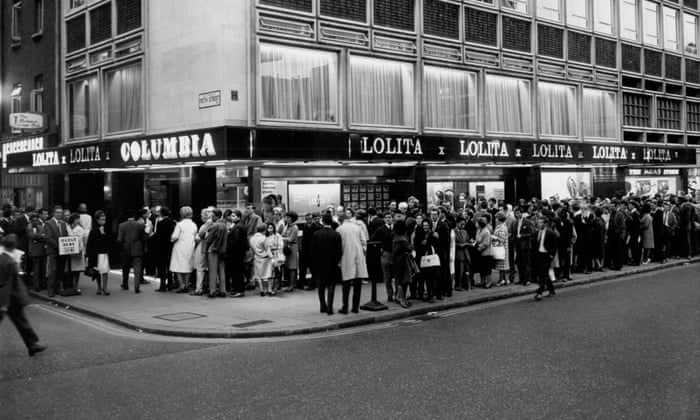A escape to the countryside is no panacea. This very British drama is set in the majestic and idyllic French countryside, but even this beautiful and peaceful backdrop does provide harmony and reconciliation to the troubled characters in the movie.
Beatrice (Juliet Stevenson) and her 15-year-old son Elliot (Alex Lawther) spend one last weekend at their family’s holiday home. They grudgingly pack their luggage and dispose of furniture before the sale of the house completes. Beatrice is healing from a break-up with Elliot’s father, and both mother and son seem to lead a very lonely and insular existence in a foreign country: they speak poor French and have hardly any local connections.
Beatrice bought the house in a vain attempt to save her monotonous and sexless marriage, but its failure to do so drove her to hopelessness and hysteria. She has a dysfunctional relation with her son and is unable to bond with a kind and warm neighbour. She is also selfish and self-destructive.
Meanwhile, the sensitive, introspective and intellectual Elliot is infatuated with the informal and brusk Clément (Phénix Broassard). Elliot is a young poet; his writing dark and enigmatic. The two adolescents of very contrasting personalities develop an unlikely and awkward relationship which veers from teenage horsing-around to sexual experimentation. Young gay love can hurt – quite literally – in more than one way, it soon becomes clear.
Departure is a film about tacit feelings and unspoken changes in people’s lives. Beatrice, Elliot and his father (who appears in the last third of the film) have a very British trait: they are unable to externalise and communicate their feelings in a clear and concise way. They never call a spade a spade, and it is impossible to understand their inner motives with certainty.
Lawther and Stevenson deliver very honest and convincing performances, making it easy to engage with the sorrow and despondency of their characters. The photography is elegant and soothing, blending images of the countryside with symbols of a broken family. The forces of nature and human feelings are exquisitely juxtaposed more than once: firstly, as Beatrice burns the house furniture outside, secondly when foliage unexplainably falls on a very pensive Elliot inside his bedroom – in a very Tarkovskyan attempt to bring the forces of nature indoors.
The movie script, however, is a sometimes diluted in the intricate photography. As a result, this film will not hit you like a punch and make you cry. Instead, it will caress you gently and make you smile.
Earlier this year André Téchiné also dealt with the complexities of gay teenage love in the French countryside in the film Being 17. This impressive French movie is multi-layered tale of teenage testosterone-fuelled feud and love in the snowy Midi-Pyrénées. The difference is that Téchiné’s characters are less introverted, perhaps because they are French. Click here in order to read the film review.
Departure is out in cinemas Friday May 20th. Watch a short interview with first-time director Andrew Steggall below:
.















